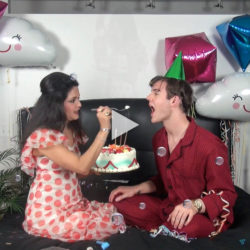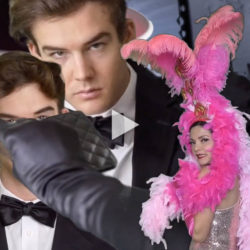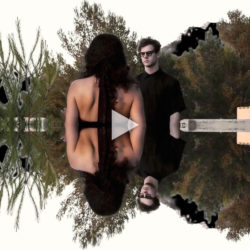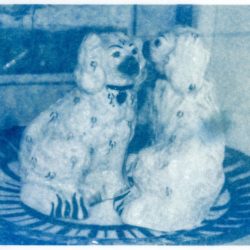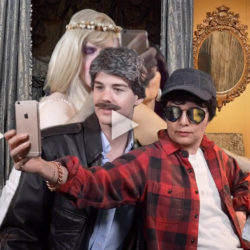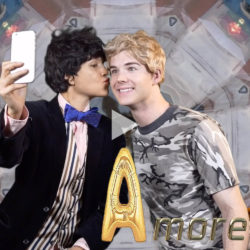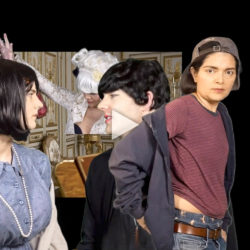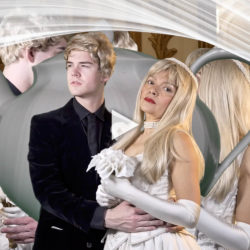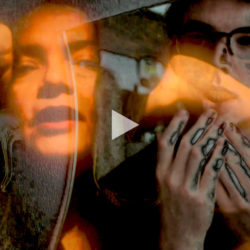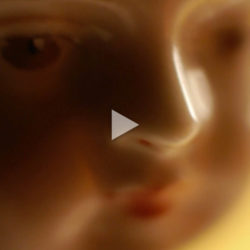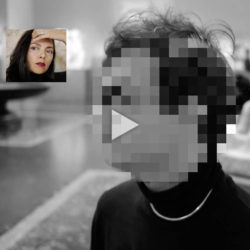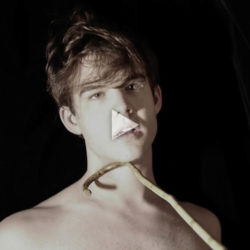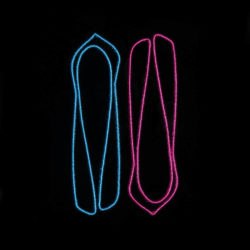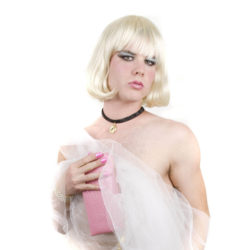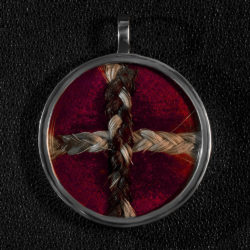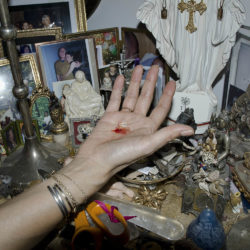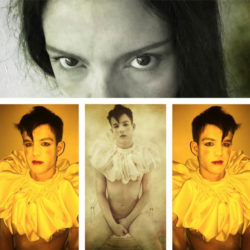objet petit a No. 1
2016
Single-Channel Video
Edition of 4 and 2 Artists Proofs
Dimensions Variable
7:32
objet petit a No. 1 speaks to the Lacanian phenomenon within psychoanalytic theory dealing with physical separation between the mother and child. First, a child experiences the mirror phase and becomes aware that its body exists as a discrete extension from the body of the mother. Later in adulthood, this realization of separateness is internalized via the acquisition of language and meaning formation, and is ultimately understood to be a loss. This loss becomes indicative of a void that cannot be filled. The objet petit a represents this loss and the process by which people attempt to reestablish a physical connection. This link is directly related to the pleasure principle and impacts the lives of all, sometimes from an early age. It can be described as “the obscure object of desire.”
As infants are helpless at birth and must rely on another for sustained life, their pleasure is not brought about by dominating the mother, but by submitting to her, just as the masochist submits to the master. objet petit a No. 1 features a cane used by a Domme to beat her sub in order to reimagine the phallic mother. The cane is used as a contact point to reimagine the bodily unity of mother and child as it makes contact with the skin of the other. Lacan believes that although the master is in control, they envy the sub because they see their ultimate submission as the path to access jouissance, or ultimate pleasure. However, jouissance can only be obtained via Lacan’s Real, which is a conceptually hypothetical space that exists outside of symbolic order – language. Verónica chants, “so now darling fasten your seatbelt, you’ll drive into my darkness.” The darkness speaks to the imagined unsymbolic landscape of Lacan’s Real. The master claims to have access to the Real, and that space takes the form of the uterus. Within the slow churning of the womb, language regresses into incomprehensible babble and all understanding of visual culture dissolves. This return to the womb reveals the objet petit a in its most pure form, although the act of the return relinquishes all power associated with symbolic order.

2016
Archival Pigment Print
Edition of 50 and 2 Artist’s Proofs
14 x 25 inches

2016
Archival Pigment Print
Edition of 50 and 2 Artist’s Proofs
14 x 25 inches

2016
Archival Pigment Print
Edition of 50 and 2 Artist’s Proofs
14 x 25 inches

2016
Archival Pigment Print
Edition of 50 and 2 Artist’s Proofs
14 x 25 inches

2016
Archival Pigment Print
Edition of 50 and 2 Artist’s Proofs
14 x 25 inches

2016
Archival Pigment Print
Edition of 50 and 2 Artist’s Proofs
14 x 25 inches


